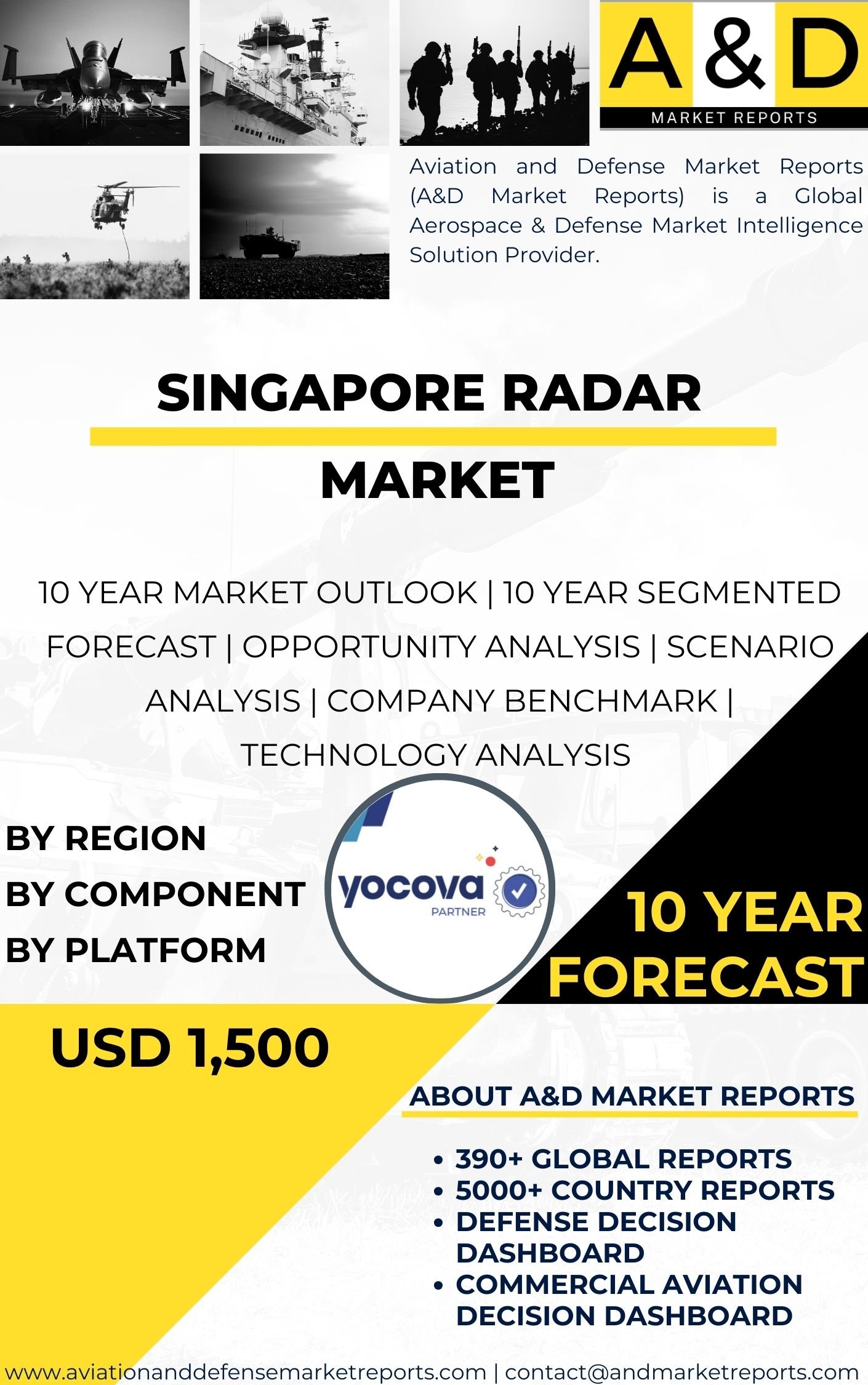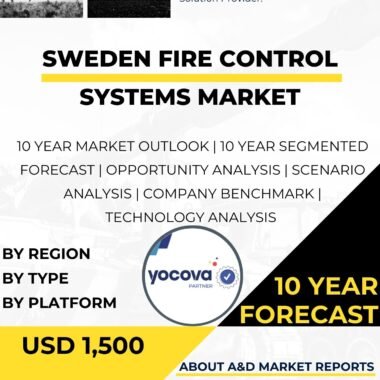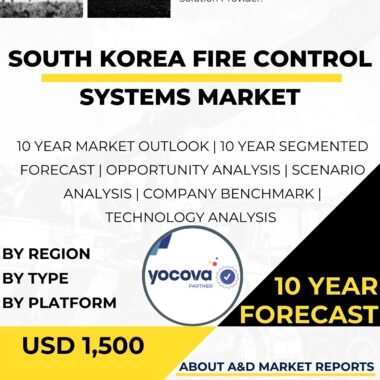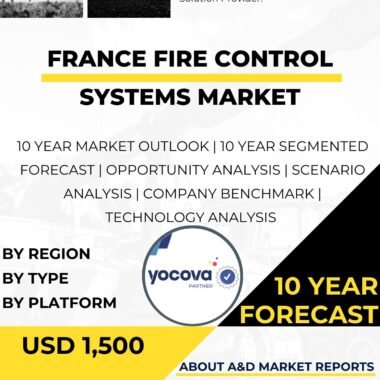Description
Singapore Radar Market is a vital pillar of the nation’s defense and security infrastructure. Radar technology plays an essential role in detecting, tracking, and identifying air, sea, and ground targets. It enhances Singapore’s situational awareness, strengthens border protection, and supports rapid response to potential threats.
Singapore’s strategic location as a major maritime and aviation hub makes radar systems indispensable. They safeguard the country’s territorial integrity by continuously monitoring its airspace and maritime boundaries.
Singapore Radar Market Dynamics
The radar market in Singapore combines strong domestic innovation with extensive international collaboration. The nation’s defense industry invests heavily in research and development (R&D) to design radar systems that meet its specific operational requirements. In addition, Singapore partners with leading global radar manufacturers and research institutions to access cutting-edge technologies and technical expertise.
These collaborations help accelerate system upgrades and ensure that Singapore maintains one of the most advanced radar infrastructures in the region.
Singapore Radar Market Key Growth Drivers
Rising regional security challenges drive the demand for modern radar systems. As geopolitical dynamics evolve, Singapore places growing importance on early detection and real-time monitoring capabilities. Advanced radar networks help prevent unauthorized airspace intrusions and maritime incursions, ensuring continuous national vigilance.
The increasing need for multi-domain awareness — across land, sea, and air — further supports the radar market’s expansion.
Applications Across Military and Civil Sectors
Singapore’s radar market spans both defense and civilian applications.
Military radar systems provide air defense, maritime surveillance, and early warning capabilities, supporting mission-critical operations for the Singapore Armed Forces (SAF).
Civil radar systems serve vital functions in air traffic control, weather forecasting, and infrastructure monitoring.
This broad application base reinforces radar’s role as a cross-sector technology critical to Singapore’s safety and stability.
Research, Innovation, and International Collaboration
Singapore continues to strengthen its radar R&D ecosystem to stay ahead of emerging threats. Its innovation-driven defense sector emphasizes indigenous design, technology transfer, and the training of skilled engineers. Moreover, international collaborations foster knowledge exchange, helping Singapore develop radars that integrate seamlessly with allied systems and regional defense networks.
Technological Advancements and Integration
The modernization of radar systems in Singapore includes upgrading legacy infrastructure and adopting next-generation radar technologies. These systems now integrate with artificial intelligence (AI) and data analytics, improving detection accuracy and response speed. Such integration allows defense authorities to analyze real-time data, predict threats, and act faster during high-risk scenarios.
Economic and Workforce Contributions
The radar industry in Singapore contributes significantly to employment and skill development. It offers opportunities for radar engineers, electronics technicians, and data specialists. This sector not only supports national security but also fuels technological growth and industrial competitiveness within Singapore’s broader defense economy.
Regional Security and Strategic Importance
Beyond national defense, Singapore’s radar capabilities enhance regional security and cooperation. As an active member of regional defense initiatives, Singapore shares radar intelligence and surveillance data with partner nations. This collaboration helps maintain peace and stability across Southeast Asia’s key maritime zones.
Conclusion
The radar market in Singapore stands as a cornerstone of the nation’s defense and security framework. Continuous investments in R&D, advanced system integration, and international collaboration ensure that Singapore’s radar capabilities remain world-class.
By merging radar with AI-driven analytics and next-generation surveillance tools, Singapore enhances operational readiness and rapid decision-making. The radar industry’s growth reflects the country’s strategic focus on early detection, border protection, and regional security. As Singapore continues modernizing its radar infrastructure, it will remain well-prepared to counter emerging threats and sustain long-term stability in the region.




